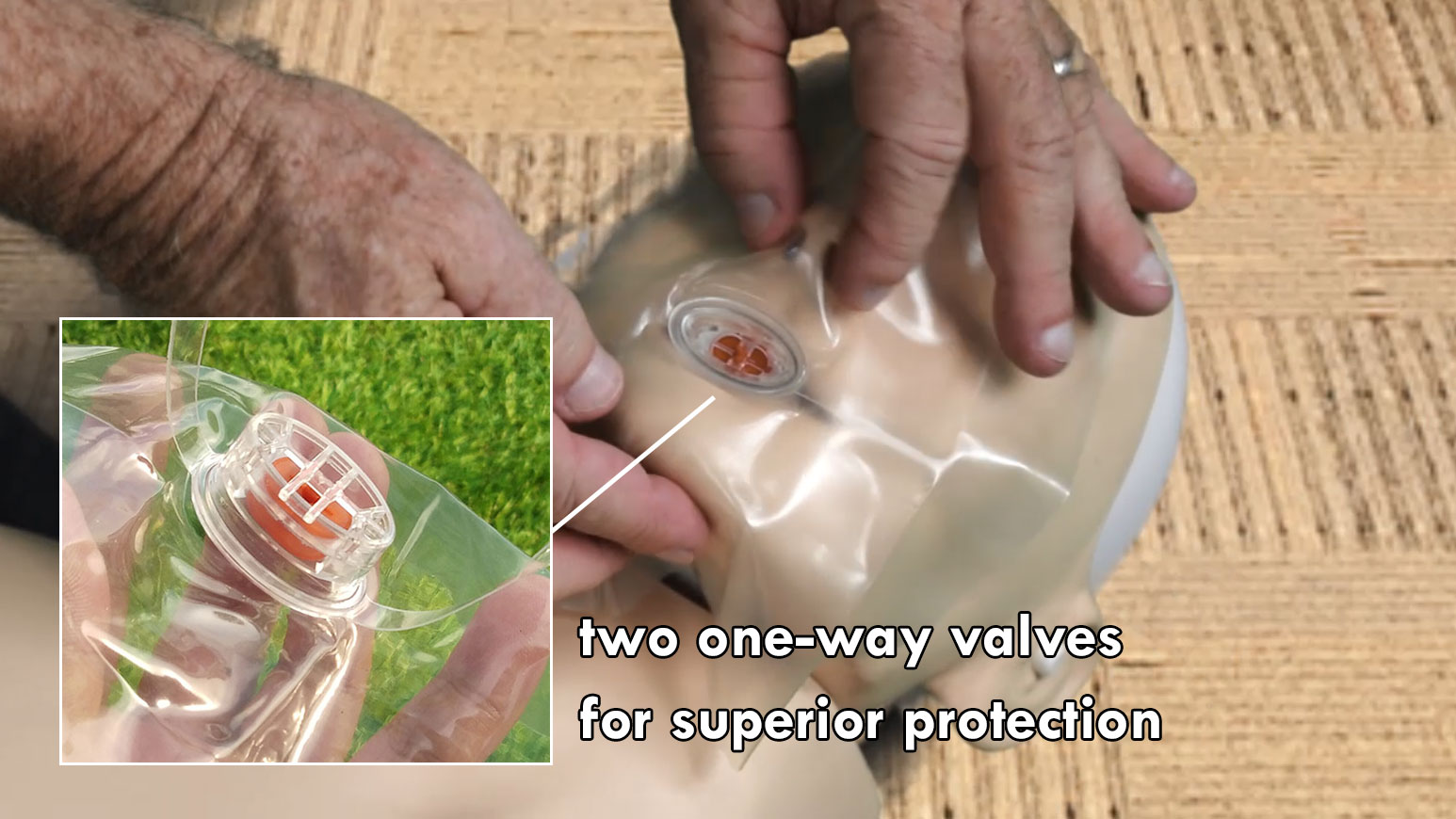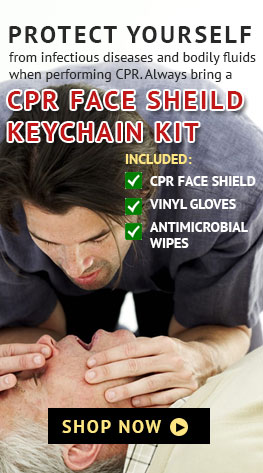The Safety of Performing CPR and the Risk of Contracting Diseases (2023)

CPR, or Cardiopulmonary Resuscitation, is a life-saving technique used to revive individuals who have stopped breathing or whose hearts have stopped beating. However, some people have concerns about the transmission of diseases while performing CPR. In this blog post, we will explore the likelihood of contracting diseases from performing CPR and ways to protect yourself.
First and foremost, it is essential to understand that the risk of contracting a disease while performing CPR is low. While performing CPR, the rescuer’s mouth does come into contact with the patient’s mouth, but the risk of transmission is minimal. In fact, research has shown that the transmission of infectious diseases through CPR is rare.
However, there is still a small risk of transmitting infectious diseases, such as HIV or hepatitis, through mouth-to-mouth resuscitation. To reduce this risk, various precautions can be taken.
The COVID-19 pandemic has brought new concerns regarding the transmission of diseases during CPR. COVID-19 is highly contagious, and it is possible to contract the virus through contact with respiratory secretions, such as saliva or mucus, from an infected person.
The most effective precaution is to use a barrier device such as a CPR Face Shield/Barrier during CPR. These devices act as a barrier between the rescuer’s mouth and the patient’s mouth, preventing the exchange of bodily fluids.
In addition to using a barrier device, it is also recommended to wear gloves while performing CPR. Gloves can protect the rescuer from contact with the patient’s bodily fluids, such as blood or vomit, which may contain infectious agents.
It is also important to note that individuals with known infectious diseases, such as HIV or hepatitis, should inform their healthcare providers or rescuers beforehand. This information can help rescuers take additional precautions to prevent the transmission of the disease.
Lastly, it is important to remember that performing CPR can save a life. The risk of contracting a disease while performing CPR is relatively low, and the potential benefits far outweigh the risks. With the proper precautions, such as using a barrier device and wearing gloves, rescuers can safely perform CPR.
In conclusion, the risk of contracting a disease while performing CPR is low, but it is still essential to take precautions to protect yourself. Using a barrier device, wearing gloves, and being aware of the patient’s infectious status are all effective ways to reduce the risk of transmission. Remember, the benefits of performing CPR far outweigh the risks, and with the proper precautions, you can safely save a life.
If you’re interested in learning more about CPR and how to perform it correctly, we invite you to take our free online CPR course here. Our course is designed to provide you with the knowledge and skills necessary to perform CPR safely and effectively. You’ll learn about the different types of CPR, when and how to use a defibrillator, and how to respond to different emergency situations.
Don’t wait until it’s too late. Sign up for our free online CPR course today and gain the confidence and skills needed to potentially save a life.
###
Can you catch a disease from performing CPR? Learn the facts and discover how to protect yourself while saving lives. Enroll in our Free Online CPR Training with Capt. Wayne Bennett today to be prepared and stay safe.





Comments are closed.